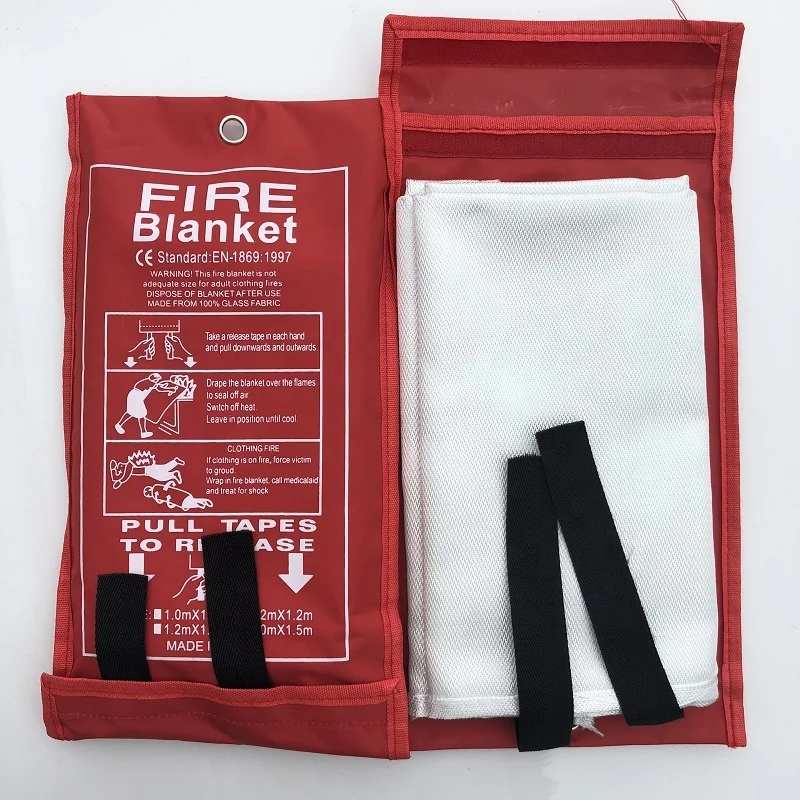
(Photo courtesy of SnapSafe)Īlso important to note is that UL tests monitor the internal humidity level of safes…something that many other tests omit completely. Your fireproof gun safe can be modified to hold all of your guns and ammunition.

A two-hour rating signifies that the safe was brought up to and held at 1850° for two hours with the internal temp never exceeding 350°. A one-hour rated safe was tested and found to keep the internal temperature at or below 350° while the testing furnace it was placed in is brought up to and held for one hour at 1700°. UL ratings come in two flavors, a one-hour rating and a two-hour rating. Testing at these labs is not cheap for manufacturers of safes, and there is no guarantee that a design submitted will pass. This indicates that the safe has been tested by a Nationally Recognized Federal Testing Laboratory (NRFTL). While shopping, you may notice a company mention a UL rating. While manufacturers are not required to use it, there is one highly regarded fire-resistance test performed by respectable testing facilities. Many “fire rated” safes have standards that may not translate to your guns being protected in the case of a home fire. This leaves the door open for manufacturers to test in-house with no oversite or pay a for-profit testing center to create and administer a test that may have a very low bar to pass but still be marketable as “3rd party testing.” When buying a safe, this is something to keep in mind. There is no single, standardized test for fire-resistant safes. If you’re looking to buy a fire-resistant gun safe, you should be able to set a budget and then buy a safe with the longest time rating at the highest temperature that you can afford. 1200-1700° for a certain period of time (30 minutes, 90 minutes, 2 hours, etc) is usually how the fire rating is expressed, with customers paying more for a safe that is rated for higher temperatures and longer timeframes.Īll of this is simple in theory. Safe manufacturers look at these variables of temperature and time when they rate the fire resistance of their safes.

Proximity to a fire department, size of the home, home construction materials, and the type of fire all affect these variables.

The average house fire can see temperatures as high as 1200-1500° Fahrenheit, which is more than enough to destroy the furniture and optics on your firearms, and the fire can rage anywhere from a few minutes to several hours. Barring the creation of a perfect vacuum, the interior temperature of the safe will eventually equalize with the exterior temperature when subjected to heat. The steel wall, insulating layer, and gasket work together to prolong the inevitable. They also commonly include a door gasket that is intended to expand as it heats up, protecting the contents of the safe not only from hot air currents and smoke damage but from the hundreds to thousands of gallons of water your local fire department will hopefully be dumping on your home. In addition to a steel outer wall, manufacturers include some sort of insulating layer that is designed to keep the internal temperature of the safe as low as possible for as long as possible. The concept behind a fire-resistant gun safe is simple.


 0 kommentar(er)
0 kommentar(er)
